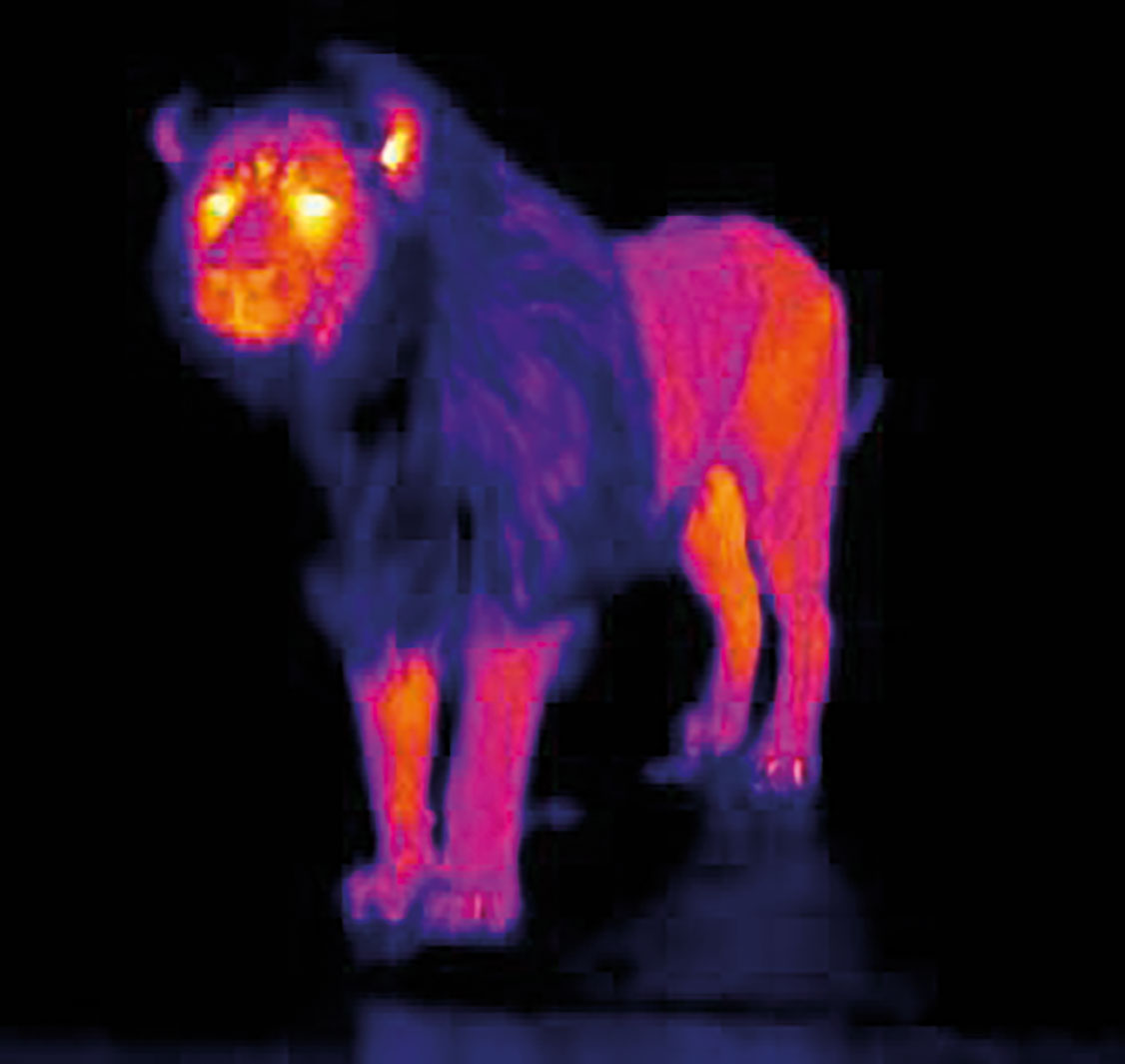Temperature measurement evolves
October 2016
Temperature Measurement

Through the ages, various techniques and devices have been used in an effort to measure and compare temperature conditions: for example, the reference points of boiling water and melting ice. In the early days of ceramics manufacture, the craftsman used materials which indicated through deformation that certain (higher) temperatures had been reached. Bakers on the other hand used a piece of paper, the quicker it became brown the hotter the oven.
It was known that specific materials changed state at set temperatures and this formed the basis of temperature measurement. The disadvantage of these techniques was that they were not reversible. In addition, the accuracy of the results was very dependent on the user and their experience.
Thermocouples make things easier
It was not until the discovery of thermometers, a little over 400 years ago, that actual temperature conditions could accurately be measured. It was determined that a probe made of two different conductors forming a junction at one end had certain temperature dependent voltage producing properties – the thermoelectric effect. This voltage is proportional to the temperature difference between the hot and cold junctions. Commercial thermocouples are inexpensive and can be used in a wide range of temperature applications. Their main limitation is accuracy, they have to be in contact with the high temperature and system errors of less than 1°C are difficult to obtain.
The emergence of infrared
The discovery of infrared radiation by the physicist Wilhelm Herschel at the beginning of the 19th century opened up new possibilities for measuring temperature – without contact and thus without affecting the object being measured and the measurement device itself.
Compared to early infrared temperature measurement devices, which were heavy, awkward and complicated to operate, the image of such devices today has completely changed. Modern infrared thermometers are small, ergonomic, easy to operate and can even be installed into machinery.
From versatile handheld devices to special sensors for integration into existing process systems, the spectrum of product offerings is vast, with a variety of accessories and software for the collection and analysis of measurement data provided by the majority of suppliers.
An IR thermometer can be compared to the human eye. The lens of the eye represents the optics through which the radiation (flow of photons) from the object reaches the photo-sensitive layer (retina) via the atmosphere. This is converted into a signal that is sent to the brain. Simple single point IR temperature measurement has evolved into units that now display thermal images used in applications that monitor on-line real-time molten steel temperature, to hot-spot technology that helps umpires decide if a batsman is out or not after a catch has been taken.
The advantages of IR thermometers include:
• Fast measurements (milliseconds).
• Measurement on moving and difficult to reach objects.
• Hot objects (> 2000°C).
• Feedback-free measurement.
Advantages in single detectors and thermal imaging continue to grow and Fluke Process Instruments (formally Raytek, Ircon and Datapaq) remains a market leader in IR temperature measurement devices.
For more information contact R&C Instrumentation, 086 111 4217, [email protected], www.randci.co.za
Further reading:
New temperature transmitters with Profibus connectivity
Temperature Measurement
Siemens is enhancing its temperature measuring device portfolio with the transmitter duo, Sitrans TH420 PA and Sitrans TF420 PA. Both devices feature Profibus connectivity, advanced safety functions and expedited commissioning all in one unit.
Read more...
Enhancing industrial efficiency through advanced temperature control
Iritron
Temperature Measurement
Iritron has been offering modular smart thyristor drives to the local and international mining, minerals and metals market, including the latest new leading innovations in temperature control technology. These drives combined with advanced proportional-integral-derivative (PID) control will change the way large industries manage their heating processes, reducing costs and extending equipment lifespan.
Read more...
Non-contact infrared thermometer
Temperature Measurement
AMETEK LAND has developed a new non-contact infrared thermometer for precise measurement and control during deposition processes in optical fibre manufacturing.
Read more...
High-precision fill quantity control in food supplement production
Temperature Measurement
Vital Products was looking for a precise and efficient solution to check the weight and ensure the completeness of its products. Minebea Intec, a specialist in industrial weighing and inspection technologies, was able to provide a solution.
Read more...
The critical role of temperature measurement in flame hardening
Instrotech
Temperature Measurement
Flame hardening is a heat treatment process widely used on parts made from mild steels, alloy steels, medium carbon steels and cast iron. Accurate temperature measurement is not just important, but critical for the success of flame hardening.
Read more...
Noncontact infrared temperature control in aluminium rolling process
Instrotech
Temperature Measurement
The aluminium rolling process is critical to the aluminium manufacturing industry, where precise temperature measurement is essential for ensuring high-quality product output and protecting equipment. The Optris long-wavelength camera can accurately measure strip temperatures in cold rolling and coiling applications.
Read more...
Where simplicity meets reliability
Endress+Hauser South Africa
Temperature Measurement
The new iTEMP TMT31 temperature transmitter from Endress+Hauser combines simplified selection, ordering, installation and operation with the highest reliability and long-term stability in one product.
Read more...
Automating car window defrosters
Temperature Measurement
Window defrosters are vital features in vehicles, particularly in colder climates. The automotive manufacturer seeks an efficient solution to quickly and precisely measure the temperature of the windows, ensuring that the connections, installed cables and wires work correctly and have no defects before the vehicle’s final release.
Read more...
The impact of thermal imaging in steam methane reformers
Temperature Measurement
As global demand for hydrogen, ammonia and fertilisers increases, LAND is empowering steam methane reformer operators to unlock efficiency gains at existing plants to meet ambitious production targets while also safely decarbonising.
Read more...
Proven indicators monitored in three dimensions
ifm - South Africa
Temperature Measurement
The VVB30x continuously detects vibrations in three measurement axes and uses them to calculate proven indicators for evaluating machine condition.
Read more...


